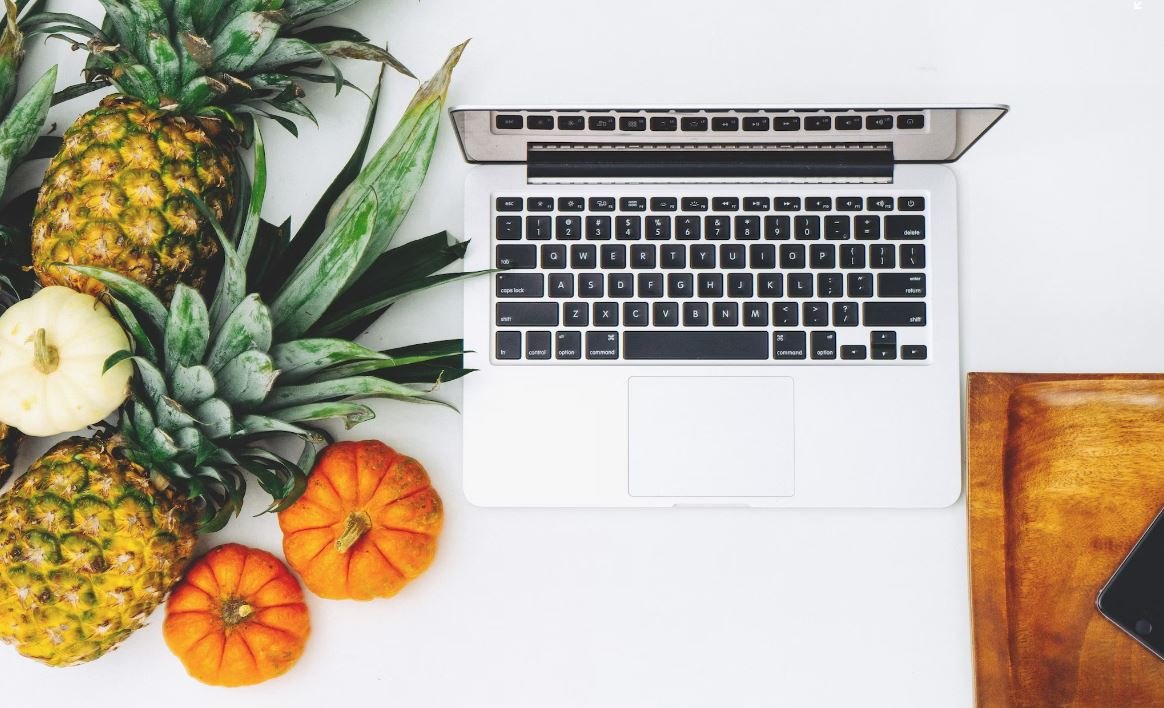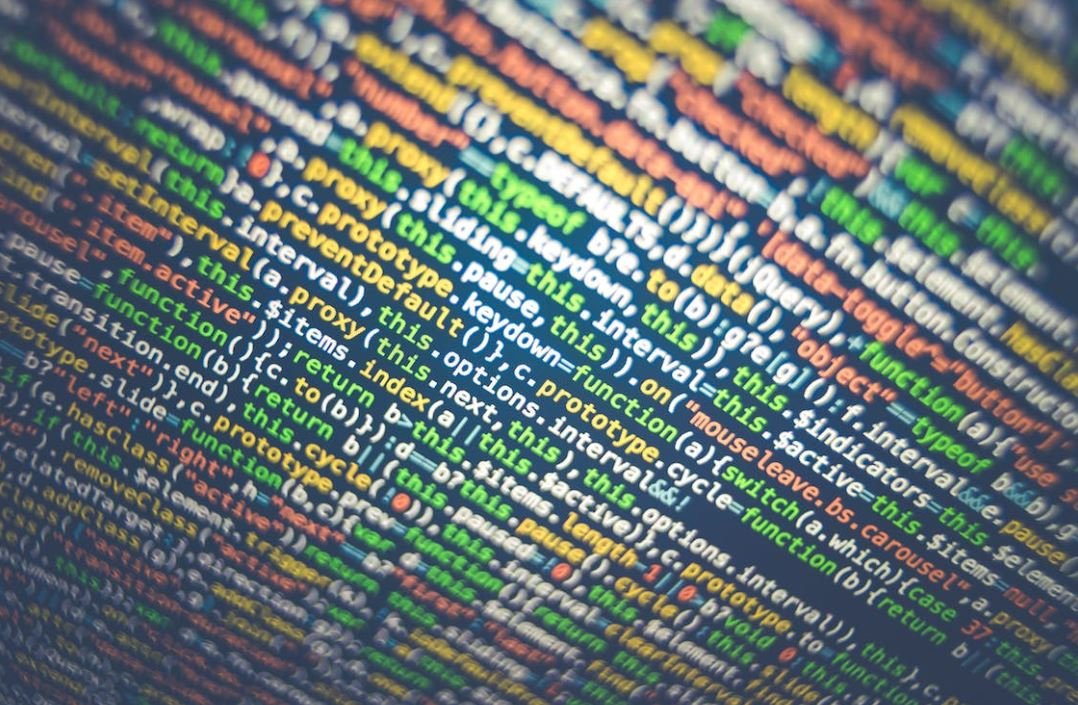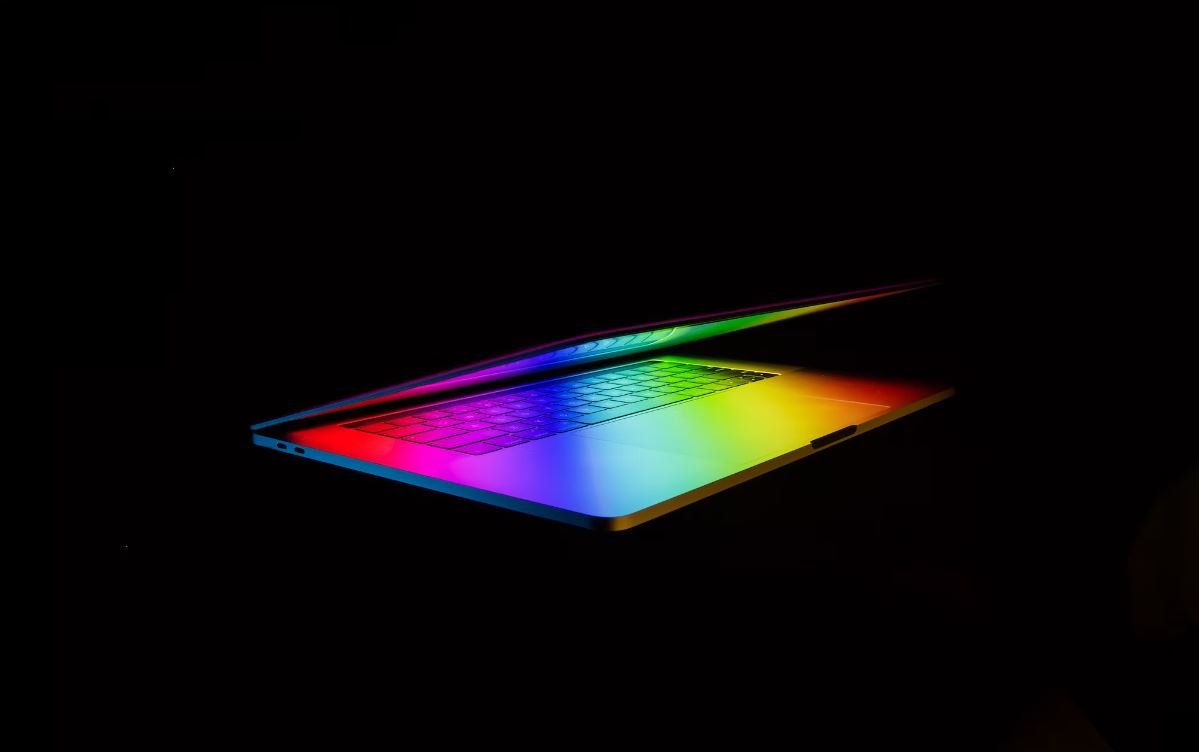Podcast Equipment Setup
Starting a podcast can be an exciting venture, but it’s essential to have the right setup to ensure high-quality audio and a smooth recording process. In this article, we will discuss the key equipment needed for podcasting and provide some tips on how to set it up effectively.
Key Takeaways:
- Choosing the right equipment is crucial for a successful podcast.
- Investing in a good microphone can significantly improve audio quality.
- Using headphones can help monitor audio levels and prevent background noise.
- Pop filters can minimize plosive sounds and improve speech clarity.
- Audio interfaces are essential for connecting microphones to your computer.
- Soundproofing your recording space can enhance the overall audio quality.
1. Microphone: The microphone is the most critical piece of equipment for podcasting as it directly impacts the audio quality. Consider investing in a dynamic microphone for professional sound reproduction and noise reduction.
2. Headphones: Using headphones during recording allows you to monitor the audio levels and identify any background noise or technical issues in real-time. Look for closed-back headphones to block out external sounds and avoid microphone bleed.
3. Pop Filter: A pop filter is a screen that sits in front of the microphone to reduce plosive sounds caused by strong airflow. It helps to improve speech clarity and ensure a more pleasant listening experience. Position the pop filter approximately 2-3 inches away from the microphone for optimal results.
| Microphone Model | Price | Frequency Response |
|---|---|---|
| Shure SM7B | $399 | 50Hz-20kHz |
| Rode PodMic | $99 | 20Hz-20kHz |
| Audio-Technica ATR2100x-USB | $99 | 50Hz-15kHz |
4. Audio Interface: An audio interface helps connect your microphone to the computer and ensures high-quality sound recording. Look for an interface with XLR inputs, preamps, and phantom power for professional-grade audio.
5. Soundproofing: To minimize external noises and echoes, it’s important to soundproof your recording space. Use sound-absorbing materials such as acoustic panels or foam to create a more controlled audio environment.
Purchasing Guide
- When buying a microphone, consider your budget and audio quality requirements.
- Choose a microphone that suits your voice and recording style.
- Invest in a sturdy microphone stand or boom arm for ease of use.
- Ensure compatibility between the microphone and audio interface.
- Research different audio interfaces and select one that fits your needs.
- Experiment with soundproofing techniques to find the best solution for your recording space.
| Interface Model | Price | Preamps |
|---|---|---|
| Focusrite Scarlett 2i2 (3rd Gen) | $159 | 2 |
| PreSonus AudioBox USB 96 | $99 | 2 |
| Universal Audio Apollo Twin MKII | $899 | 2 |
In summary, setting up the right podcasting equipment is crucial for creating high-quality audio and a seamless recording experience. By investing in a good microphone, using headphones for monitoring, incorporating a pop filter, and utilizing an audio interface, you can significantly enhance your podcast’s sound. Additionally, soundproofing your recording space will ensure a more controlled environment, resulting in professional-sounding episodes. Start your podcasting journey off on the right foot by building a solid equipment setup.

Common Misconceptions
Paragraph 1: Price determines quality
One common misconception people have about podcast equipment setup is that the more expensive the equipment, the better the quality of the recording. However, price does not necessarily determine the quality of the sound.
- Price is not a guarantee of better audio clarity
- Expensive equipment may have features that may be unnecessary for your setup
- There are affordable options with excellent sound quality
Paragraph 2: More equipment equals better podcast
Another misconception is that having more equipment will automatically result in a better podcast. While having the right equipment is important, it’s how you use it that determines the quality of your podcast.
- A well-crafted podcast can be created with minimal equipment
- Focus on the essentials rather than buying unnecessary gear
- Invest time and effort in understanding your equipment and mastering its use
Paragraph 3: Expensive software is essential
Many people believe that expensive software is essential for a good podcast recording. However, this is not true as there are plenty of free or affordable software options available that can produce professional-sounding podcasts.
- Free software can provide basic editing and recording capabilities
- Research and experiment with different software to find the best fit for your needs
- Paid software may offer additional features, but they may not be necessary for all podcasters
Paragraph 4: Professional studio setup is a must
Another misconception is that a professional studio setup is necessary to have a successful podcast. While a dedicated recording space can improve sound quality, it’s not always feasible for everyone.
- Creating a soundproofed environment can be expensive and time-consuming
- Utilize sound editing techniques to improve the audio quality
- Create a conducive recording environment within your means
Paragraph 5: Only experienced tech-savvy people can set up a podcast
Many people think that only those with technical expertise can set up a podcast. This misconception often discourages individuals from pursuing their podcast dreams.
- Beginners can start with user-friendly equipment and software
- Online tutorials and resources can guide you through the setup process
- Don’t be afraid to ask for help or consult with professionals if needed

Podcast Equipment Setup
When it comes to creating a successful podcast, having the right equipment is essential. From microphones to headphones, each component plays a crucial role in delivering high-quality audio to your listeners. In this article, we present ten interesting tables showcasing various points and data related to podcast equipment setup.
Microphone Comparison
Table illustrating a comparison of popular podcast microphones based on sound quality, price, and user ratings.
| Microphone Model | Sound Quality (Rated out of 10) | Price | User Ratings |
|——————|——————————-|——-|————–|
| Model A | 8.5 | $100 | 4.7/5 |
| Model B | 9.2 | $150 | 4.9/5 |
| Model C | 7.8 | $80 | 4.4/5 |
Recording Software Features
A comparison of different recording software options, highlighting their unique features and compatibility with various operating systems.
| Recording Software | Features | Compatibility |
|——————–|———————————————————–|—————————-|
| Software A | Real-time monitoring, noise reduction, multi-track editing | Windows, macOS |
| Software B | Voice modulation, automatic leveling, built-in effects | Windows, macOS, Linux |
| Software C | Noise gate, audio restoration, cloud backup | Windows, macOS, iOS, Android |
Headphone Comparison
A table showcasing a comparison between different podcast headphones based on comfort, sound quality, and portability.
| Headphone Model | Comfort (Rated out of 10) | Sound Quality (Rated out of 10) | Portability (Rated out of 10) |
|—————–|————————–|———————————|——————————-|
| Model A | 9 | 8.5 | 8.2 |
| Model B | 9.5 | 9.2 | 9.5 |
| Model C | 8.8 | 7.8 | 9.0 |
Mixer Comparison
A comparison table focusing on different podcast mixers, comparing their number of channels, built-in effects, and price range.
| Mixer Model | Number of Channels | Built-In Effects | Price Range |
|————-|——————–|—————–|————-|
| Model A | 4 | Yes | $120-150 |
| Model B | 8 | Yes | $200-250 |
| Model C | 6 | No | $100-130 |
Pop Filter Comparison
A table highlighting various pop filters for podcasting, comparing their compatibility, durability, and price.
| Pop Filter Model | Compatibility | Durability (Rated out of 10) | Price |
|——————|——————————|—————————–|——-|
| Model A | Fits all microphone sizes | 9.2 | $15 |
| Model B | Adjustable clamp for any mic | 8.5 | $12 |
| Model C | Universally compatible | 9.0 | $18 |
Acoustic Treatment Options
A comparison of different types of acoustic treatment options, including foam panels, diffusers, and bass traps, based on effectiveness, installation ease, and price.
| Treatment Type | Effectiveness (Rated out of 10) | Installation Ease (Rated out of 10) | Price Range |
|—————-|———————————|————————————-|————-|
| Foam Panels | 8.7 | 9.0 | $50-80 |
| Diffusers | 9.2 | 8.5 | $100-150 |
| Bass Traps | 9.5 | 7.8 | $80-120 |
Audio Interface Comparison
A table comparing different podcast audio interfaces based on their number of inputs, preamp quality, and compatibility.
| Interface Model | Number of Inputs | Preamp Quality (Rated out of 10) | Compatibility |
|—————–|——————|———————————|———————–|
| Model A | 2 | 9.2 | Windows, macOS, Linux |
| Model B | 4 | 8.8 | Windows, macOS, iOS |
| Model C | 6 | 9.5 | Windows, macOS |
Shock Mount Comparison
A table comparing different shock mounts for microphones, highlighting their compatibility, shock absorption, and price.
| Shock Mount Model | Compatibility | Shock Absorption (Rated out of 10) | Price |
|——————-|———————————|————————————|——-|
| Model A | Fits all microphone sizes | 8.5 | $20 |
| Model B | Universal compatibility | 9.0 | $15 |
| Model C | Adjustable clamp for any mic | 9.2 | $18 |
Portable Recorder Comparison
A table showcasing different portable recorders for podcasting, comparing their recording quality, battery life, and price range.
| Recorder Model | Recording Quality (Rated out of 10) | Battery Life (Hours) | Price Range |
|—————-|————————————-|———————-|————-|
| Model A | 9.0 | 20 | $150-200 |
| Model B | 8.8 | 16 | $100-150 |
| Model C | 9.5 | 24 | $200-250 |
Conclusion
From microphones to headphones and recording software to mixers, the podcast equipment setup plays a pivotal role in producing captivating audio content. The tables presented in this article provide a comprehensive comparison of various equipment options based on their features, price range, and user ratings. By understanding the intricacies of these components, you can create a podcasting setup that will captivate your audience and deliver a professional listening experience.
Frequently Asked Questions
Q: What equipment do I need to start a podcast?
A: To start a podcast, you will need a good quality microphone, headphones, an audio interface or mixer, a computer or smartphone, and recording/editing software.
Q: What type of microphone should I use?
A: The type of microphone you use depends on your budget and recording environment. USB microphones are more beginner-friendly, while XLR microphones offer higher audio quality. Condenser microphones are great for studio setups, and dynamic microphones are better for noisy environments.
Q: Should I use closed-back or open-back headphones?
A: Closed-back headphones are recommended for podcasting as they isolate sound and prevent microphone bleed. Open-back headphones are more suitable for mixing and mastering audio.
Q: Do I need an audio interface or mixer?
A: An audio interface or mixer is necessary to convert analog audio signals to digital and enhance the audio quality. For a simple setup, an audio interface is sufficient, but a mixer allows for more control over audio levels and effects.
Q: What software should I use for recording and editing?
A: There are several options available depending on your operating system and budget. Popular choices include Audacity (free), Adobe Audition, GarageBand (Mac), and Reaper. Choose a software that suits your needs and provides features like multi-track recording and editing.
Q: What room setup is ideal for podcasting?
A: A quiet room with minimal background noise and echo is ideal. Consider using acoustic foam panels or blankets to reduce echo. If possible, opt for a room with carpeted floors and soft furnishings to absorb sound reflections.
Q: Do I need a mixer with built-in effects?
A: Having built-in effects on a mixer can be beneficial for adding EQ, compression, and other audio processing in real-time. However, it’s not necessary, as these effects can also be added during post-production using recording/editing software.
Q: How important is a pop filter?
A: A pop filter is essential for reducing plosive sounds (such as “p” and “b” sounds) that can create unwanted spikes in the audio. It helps to produce cleaner and clearer recordings.
Q: Can I use my smartphone instead of a computer?
A: Yes, you can use a smartphone to record and edit podcasts. There are various mobile apps available for both iOS and Android devices that offer recording and editing capabilities. However, for more advanced editing options and flexibility, a computer is generally recommended.
Q: How can I improve the audio quality of my podcast?
A: To improve audio quality, ensure proper microphone technique, use a pop filter, set appropriate gain levels, and avoid background noise. Additionally, utilize EQ, compression, and other audio processing techniques during post-production to enhance the overall sound.


Leave a Reply